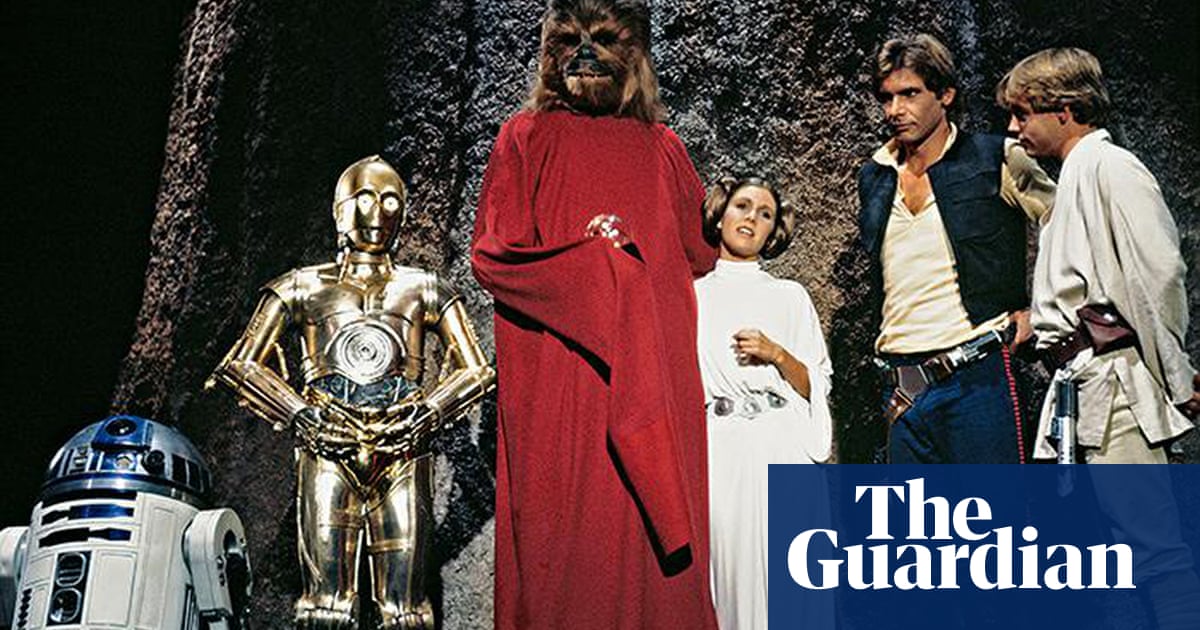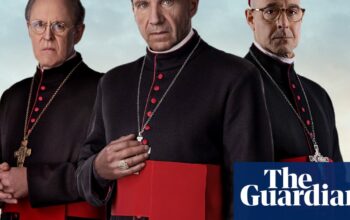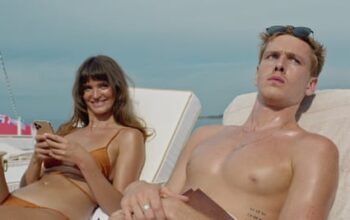
I
The Star Wars Holiday Special, a two-hour television show from 1978, is considered by many to be a prime example of the foolishness of humans. It featured popular characters Luke Skywalker, Han Solo, and Princess Leia visiting Kashyyyk, the Wookiee planet, to celebrate “Life Day.” The special is infamous for being one of the worst pieces of entertainment ever produced and has never been aired again. In fact, George Lucas even stated that he would have gotten rid of every illegal copy if he could.
The costumes and makeup are inexpensive, with the makeup being even cheaper. (Hamill’s makeup is so excessive that he could have just finished playing a pantomime dame on stage.) There is no one in charge of the script, and for the first 15 minutes or so, there is no script at all. Chewbacca’s family spends this time mugging around their Wookiee home, communicating solely through grunts that are not translated with subtitles. Those involved in the making of the original Star Wars film from 1977 all seem to dread being on set, wishing they could be swallowed by a Sarlacc rather than continue filming. It was fortunate for James Earl Jones that he only needed to provide his voice for Darth Vader. The only ones who seemed to fully embrace the unoriginal and monotonous nature of the project were long-forgotten stars from 70s variety shows like Harvey Korman and Art Carney.
There is speculation that Carrie Fisher was under the influence of cocaine while performing the closing song celebrating Life Day to the main Star Wars theme. For her sake, it is preferable if this rumor proves to be true. The program also includes a cringe-worthy scene where Chewie’s father Itchy watches VR pornography featuring singer Diahann Carroll expressing her attraction to him. While the special does feature the first appearance of iconic bounty hunter Boba Fett in an animated segment, it is not enough to redeem the poor quality of the remaining 110 minutes.
It is illogical that George Lucas would have permitted something as successful and culturally significant as Star Wars to be followed by something so incredibly terrible. Therefore, a new documentary called A Disturbance in the Force has attempted to analyze the events in the late 70s that led to this atrocious film being shown in the US. It is an intriguing viewing experience, although it does not clarify why no one intervened to prevent the disastrous special from potentially ruining the beloved space saga before it could progress to the next level.
The main message conveyed by Jeremy Coon and Steve Kozak’s film appears to be that in 1978, despite Star Wars being responsible for the rise of blockbuster films (with apologies to Steven Spielberg’s Jaws), Lucas himself was not fully aware of the impact of his creation. He allowed inexperienced television writers, like Bruce Vilanch, to add corny jokes to the special without understanding the true essence of Star Wars. The final version was edited by Ken and Mitzie Welch, who were not familiar with sci-fi and had never done such a task before. Lucas, on the other hand, was so concerned that the public might forget about Star Wars before the release of 1980’s The Empire Strikes Back, that he was willing to let others handle the creative aspects while he focused on generating publicity.
During the 1970s, variety shows were a common part of the marketing strategy for new movies, even though their popularity was starting to decline. The Donny & Marie show featured Star Wars stormtroopers dancing and Bob Hope’s show had Mark Hamill appearing in full costume. In the Star Wars holiday special, Richard Pryor hung out in the cantina and C-3PO and R2-D2 even appeared in commercials for Burger Chef. It seemed like nothing was off-limits, so it made sense to have a cheesy variety special right before Christmas to boost toy sales.
Someone should have intervened earlier, but unfortunately no one did, resulting in the Star Wars Holiday Special. If you have seen it, you have my sympathy. This cultural disaster surpasses the category of “so bad it’s good” and enters a frightening realm of poorly executed nonsense. It serves as a two-hour promotion for the importance of quality control in major studios. Thankfully, nowadays the worst we may encounter in terms of Star Wars on TV is a rerun of The Phantom Menace.
Next time you come across the questionable cosmic racial stereotypes in the prequels or the scene where Anakin attempts to give Padme a floating pear, keep in mind that it was even more problematic in the 1970s.
Source: theguardian.com


